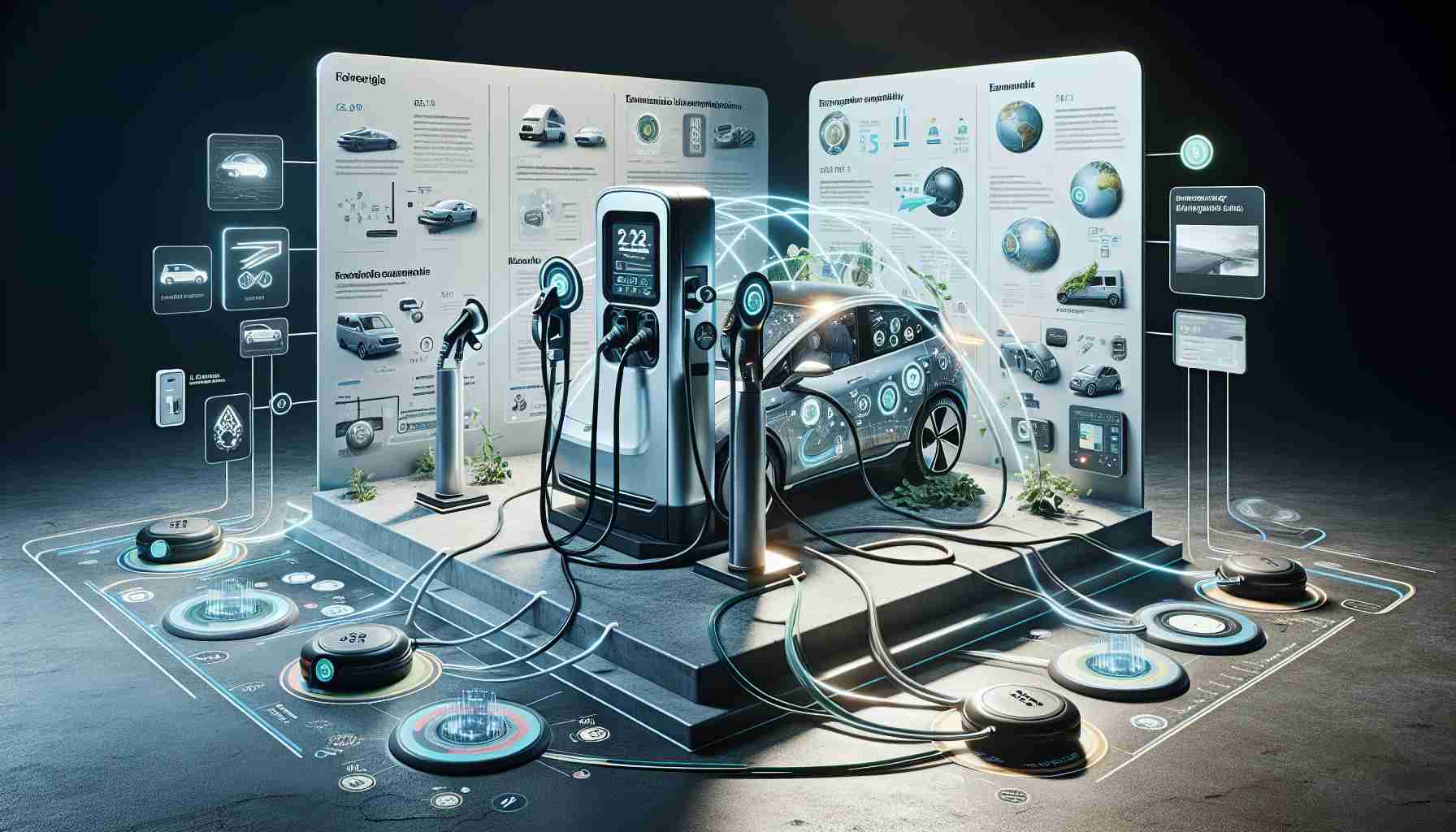Exploring the Future of Bidirectional Electric Vehicle Chargers
The global landscape for bidirectional electric vehicle (EV) chargers is set to undergo significant transformation, projected to exceed USD 4.61 billion by 2031, with an impressive annual growth rate of 19.70%. These innovative chargers allow electric vehicles to not only recharge but also play an integral role in energy management as they connect to the grid and homes.
With the push for more eco-friendly options, the demand for zero-emission vehicles is rising sharply. This trend is greatly supported by government initiatives promoting EV adoption and advancements in charging technology. Ultra-fast chargers, smart charging systems, and automated payment solutions are among the innovations revolutionizing the charging infrastructure.
Key players in this burgeoning market include industry giants such as Wallbox, ABB, and Hyundai Mobis, who are currently developing advanced charging solutions. Regional trends indicate that the Asia Pacific sector is gaining momentum, fueled by increasing fuel prices and growing demand for fuel-efficient vehicles.
Despite the optimistic outlook, challenges such as insufficient charging infrastructure in developing regions and regulatory hurdles pose obstacles. However, the ongoing consumer shift towards cleaner energy and electric mobility continues to propel the market forward, signaling a promising future for bidirectional EV chargers.
Stay updated and be part of the electric vehicle revolution as it drives toward sustainability!
The Electric Revolution: Future Innovations in Bidirectional EV Chargers
As the world shifts towards sustainable energy solutions, bidirectional electric vehicle (EV) chargers are at the forefront of this transformation, with prospects exceeding USD 4.61 billion by 2031 and an impressive annual growth rate of 19.70%. Understanding this technology’s relevance not only as a charging solution but also as an essential part of energy management is crucial for consumers and industries alike.
Features and Innovations in Bidirectional EV Chargers
Bidirectional chargers set themselves apart by enabling not just vehicle charging but also returning power to the electrical grid or providing energy to homes. This feature, known as Vehicle-to-Grid (V2G) technology, allows electric vehicles to act as mobile energy storage units, enhancing energy efficiency and stability in residential and commercial areas.
Key Features Include:
– Energy Storage: Vehicles can store excess energy generated from sources like solar panels and supply it back when needed.
– Smart Charging: Advanced systems enable real-time monitoring and automated payment solutions, making charging more user-friendly and efficient.
– Integrated Renewable Energy Usage: Facilitates the integration of renewable energy, optimizing its use while reducing reliance on fossil fuels.
Use Cases and Market Trends
The application of bidirectional chargers extends beyond personal electric vehicles. They are particularly beneficial for:
– Residential Energy Management: Homeowners can optimize energy usage and reduce costs by utilizing their vehicles to balance home energy consumption.
– Commercial Fleets: Businesses can leverage these chargers to minimize operational costs and improve sustainability.
The demand for EVs is influenced by rising fuel prices and government incentives promoting zero-emission vehicles. The Asia Pacific region, in particular, is experiencing rapid growth due to these factors, alongside burgeoning electric vehicle sales.
Pros and Cons of Bidirectional EV Chargers
Pros:
– Enhances grid stability through distributed energy resources.
– Provides an additional revenue stream for EV owners through energy selling.
– Supports renewable energy integration and reduces carbon footprints.
Cons:
– Requires robust charging infrastructure, which is currently lacking in many areas.
– High initial setup costs may deter consumer adoption.
– Regulatory hurdles may limit implementation in certain regions.
Security Aspects and Sustainability
With the adoption of networked EV chargers come concerns regarding data security and grid vulnerability. Ensuring that these systems are equipped with robust cybersecurity measures is vital to prevent energy theft and data breaches.
In terms of sustainability, the transition to bidirectional chargers contributes significantly to reducing greenhouse gas emissions by promoting electric vehicle usage and supporting renewable energy technologies.
Pricing and Market Analysis
Current pricing for bidirectional EV chargers varies significantly based on features and manufacturers, averaging between USD 500 to USD 5,000. The investment is often justified by the long-term savings on energy costs and potential income from energy resale.
Future Predictions and Insights
As technology advances and the market evolves, future predictions indicate a more extensive integration of artificial intelligence to optimize charging patterns based on user behavior and energy prices. Moreover, collaborations between government and private sectors are crucial to enhancing infrastructure and addressing regulatory challenges.
The electric vehicle market is on a transformative journey towards sustainability. To stay informed on the latest trends and developments in the realm of electric vehicles, check out EVgo for comprehensive insights into the charging infrastructure landscape.
